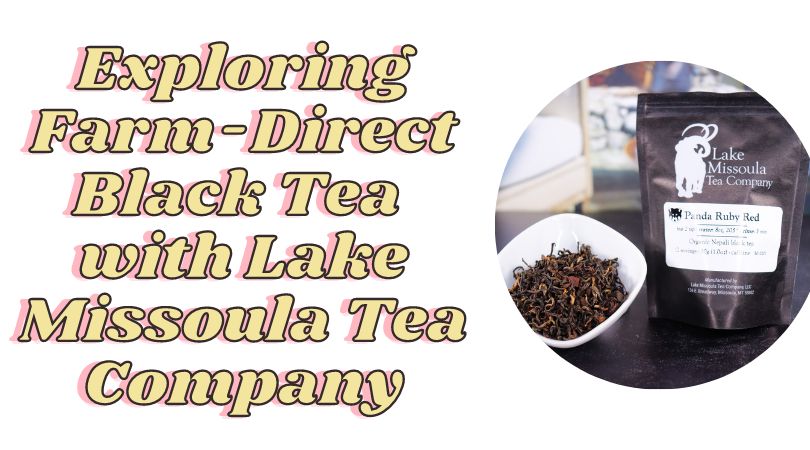One of my favorite things about the world of tea is finding small businesses to share with all of you. I was recently introduced to Montana-based Lake Missoula Tea Company. Their commitment to sourcing small-batch teas from farms they have a direct relationship with is precisely what I like to see. In today’s post, I’m taking a deeper dive into two of their farm-direct black teas, Darjeeling Shanti Hathi from India and Panda Ruby Red from Nepal.
Thank you to Lake Missoula Tea Company for sponsoring this blog post! Sponsored posts like this one help me to cover hosting fees and other expenses for keeping Tea for Me Please running.
Small-Batch Teas from Sustainable Sources
Lake Missoula Tea Company was founded in 2012 by Heather and Jake Kreilick. They partner closely with small-batch farms to source sustainably produced teas that prioritize the environment and community. Strong ties to the tea farms they have visited in Indonesia, China, Taiwan, Kenya, and Colombia give them the confidence to know that their teas are of the highest quality. In addition to offering loose-leaf tea for sale online, Lake Missoula Tea Company has a storefront in Missoula, Montana. I was so excited to see that they offer gongfu service along with fun specialty drinks.
Where to Visit Lake Missoula Tea Company
Lake Missoula Tea Company
136 E Broadway St
Missoula, MT 59802
406-926-1038
https://lakemissoulateacompany.com/
Monday – Saturday: 9:00 am – 6:00 pm
Sunday: 10:00 am – 5:00 pm
Darjeeling Shanti Hathi
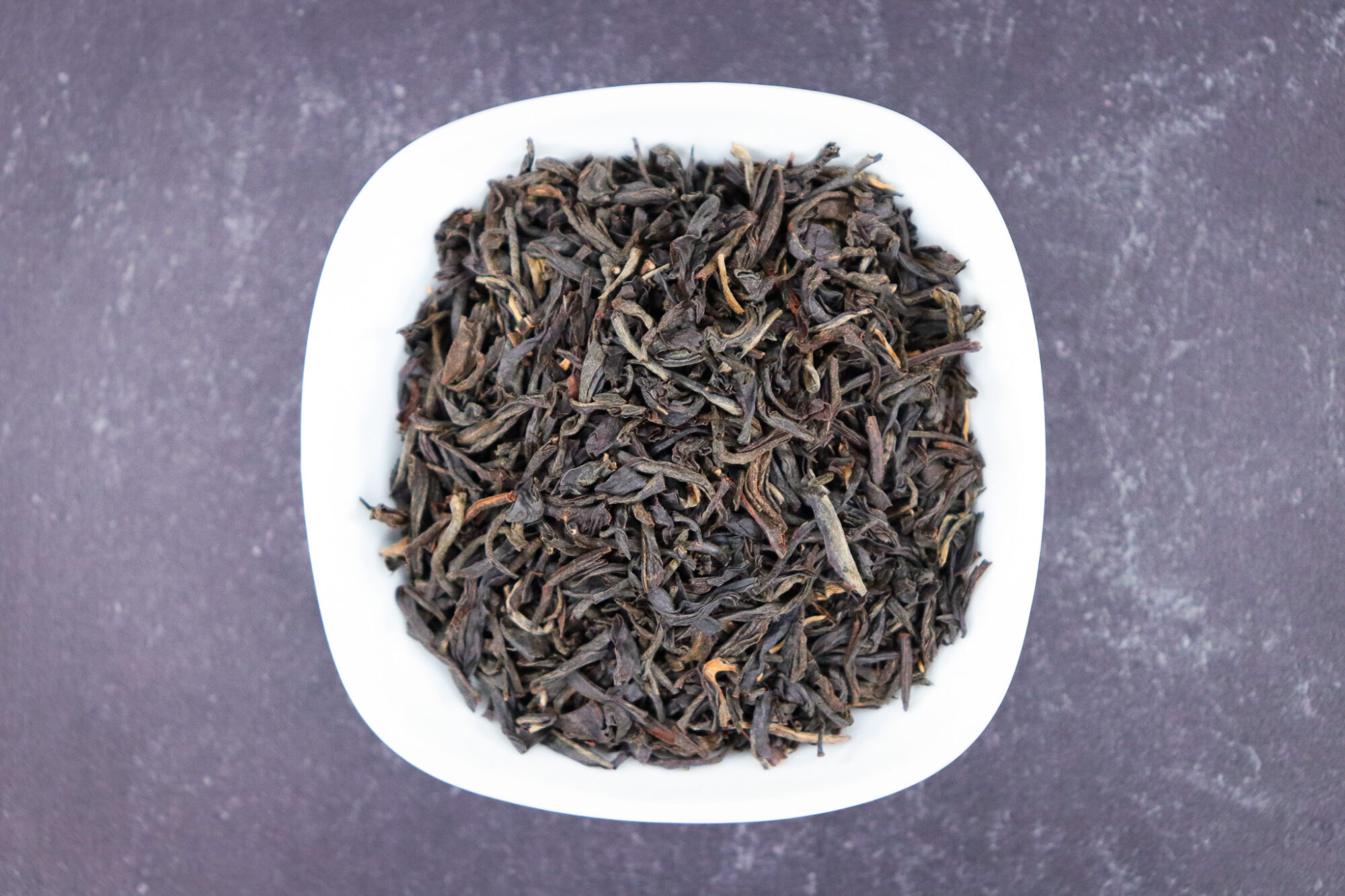
Where Does It Come From?
Darjeeling Shanti Hathi is an organic black tea that comes from the Nuxalbari Tea Estate in Darjeeling District. Located at an altitude of 700ft, it was established in 1884 and its oldest tea bushes date back to 1890. The estate’s current owner, Sonia Jabbar, is the third generation of female leaders to run Nuxalbari. She was a journalist until she inherited the estate from her mother, Dolly., in 2011.
One of the problems that she ran into as a tea estate owner was elephants. Rather than scaring them away as was common practice at the time, Sonia worked to establish corridors so that migrating elephants could safely pass through without destroying the tea plants. She also set aside 100 acres of the estate as a native tree forest for the use of elephants and other wildlife.
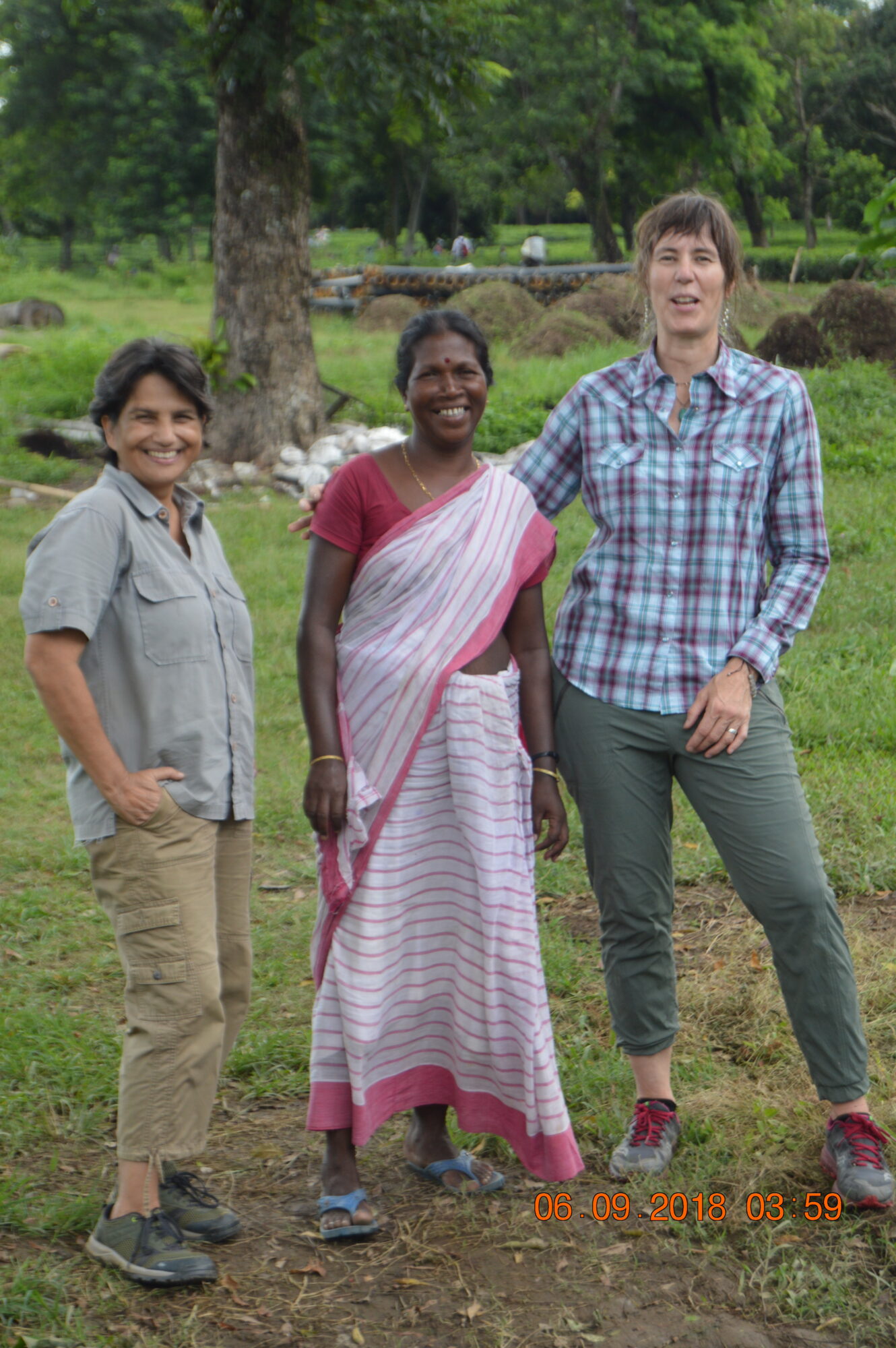


What Does It Taste Like?
Shanti Hathi means peaceful elephant, in honor of the elephants that take refuge on the tea estate. The leaves were uniformly dark in color, much darker than I would usually expect from Darjeeling. This tells me that the oxidation process was able to be fully completed. There was a pleasant earthy, sweet aroma that was slightly floral. I prepared it in a glass teapot following Lake Missoula Tea Company’s recommended parameters, 1.5 teaspoons in 8oz of 205℉ water for 3-4 minutes. Keeping water just under fully boiling can help to cut down on astringency in black teas.

Darjeeling Shanti Hathi brewed up a deep red liquor. If I held my cup up to the light I was able to see quite a bit of trichomes floating around. These little hairs protect tender tea buds but also lend a natural sweetness to the finished product. The taste was smooth yet full-bodied with notes of honey and a lingering muscatel sweetness in the finish. There was some astringency but it never became bitter or unpleasant.
My second infusion was just as tasty as the first. It strikes me as a perfect tea to sip in the afternoon. It does not have as much punch as a breakfast-style tea, but it was still brisk enough for a pick-me-up. Its higher oxidation level makes it a great choice for people who aren’t as much of a fan of the greener style of 1st flush Darjeeling.
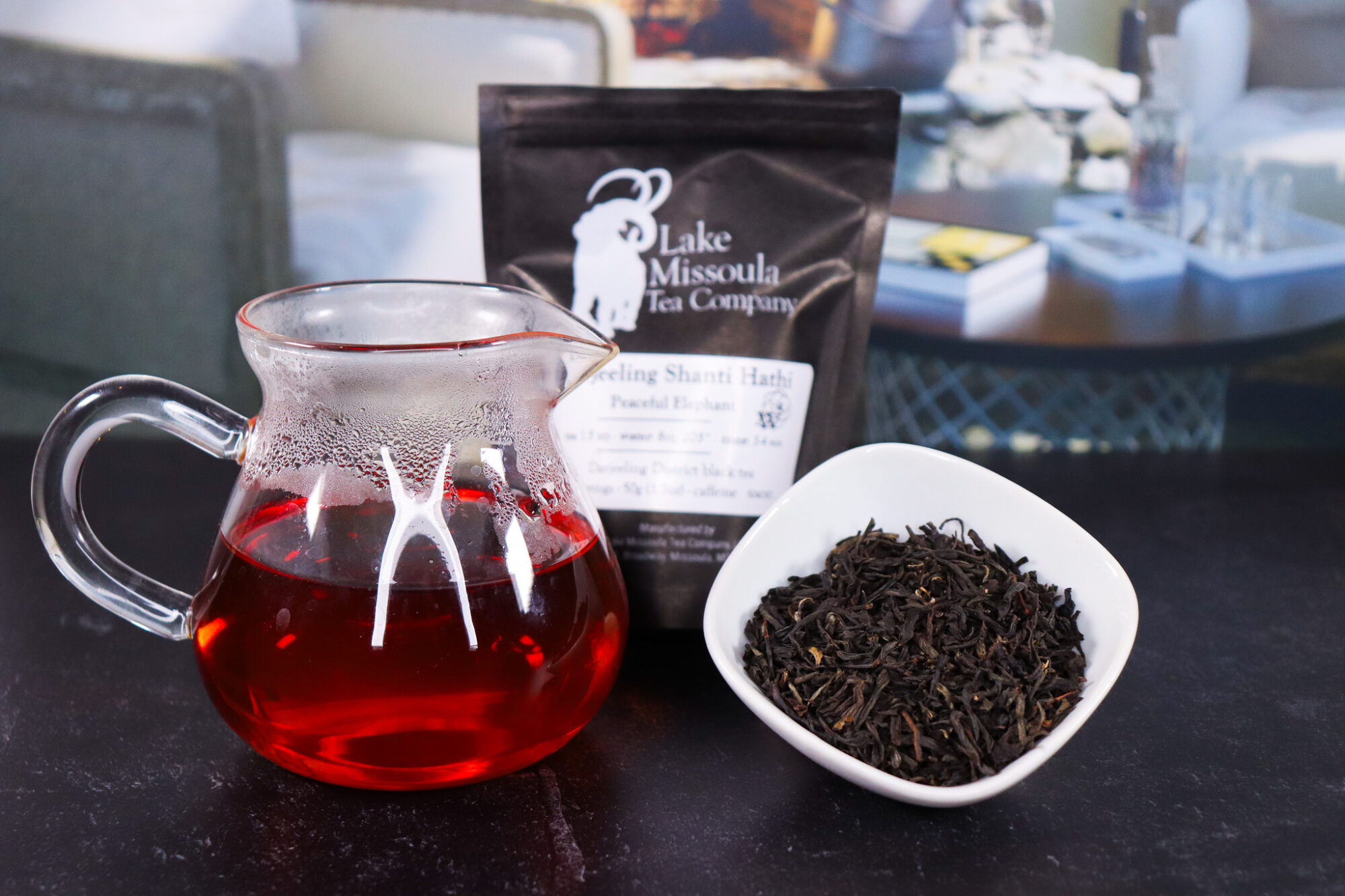
Panda Ruby Red
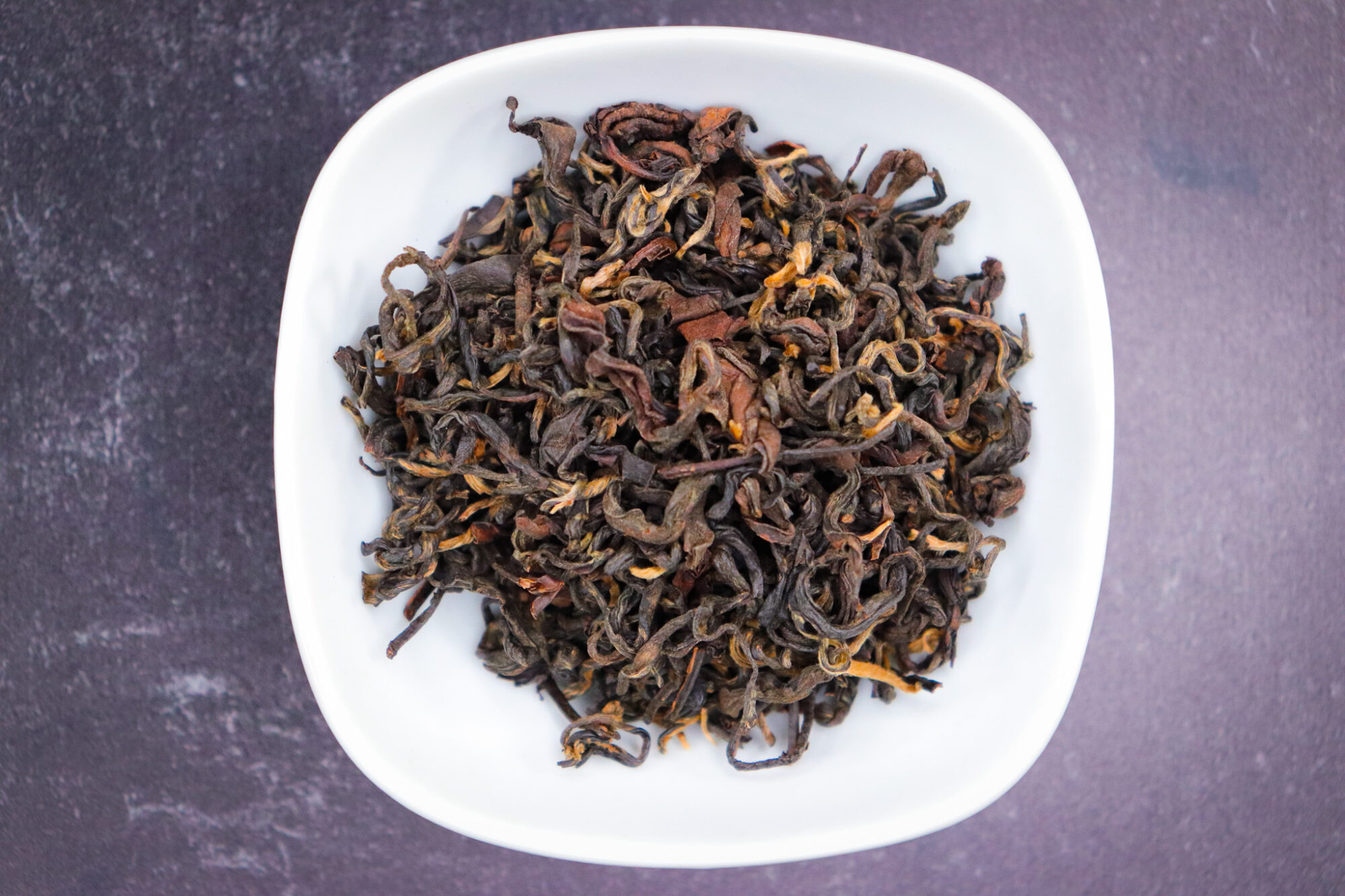
Where Does It Come From?
Panda Ruby Red is an organic black tea from Nepal. While the exact producer or estate is not disclosed, it was directly sourced through the Red Panda Network. This organization is leading conservation efforts to save red pandas and their habitat through the education and empowerment of local communities. I love the idea that consumers can do good in the world with every sip they drink!
The Red Panda Network employs over 100 forest guardians who monitor and protect red panda habitat. They work to educate their community, stop poaching, and assist with scientific research. I enjoyed scrolling through their website and reading the biographies of the guardians and what they are most passionate about.
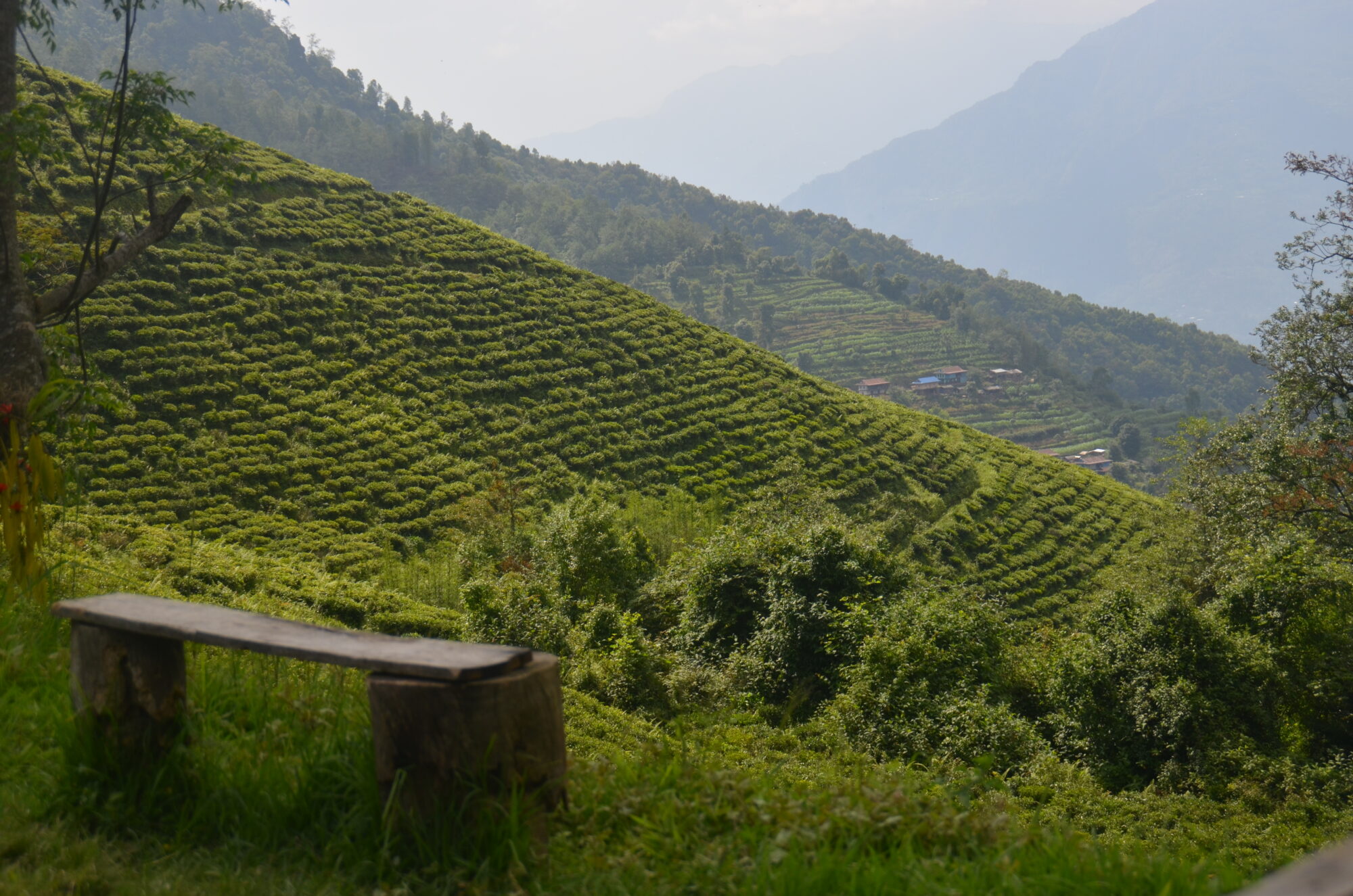
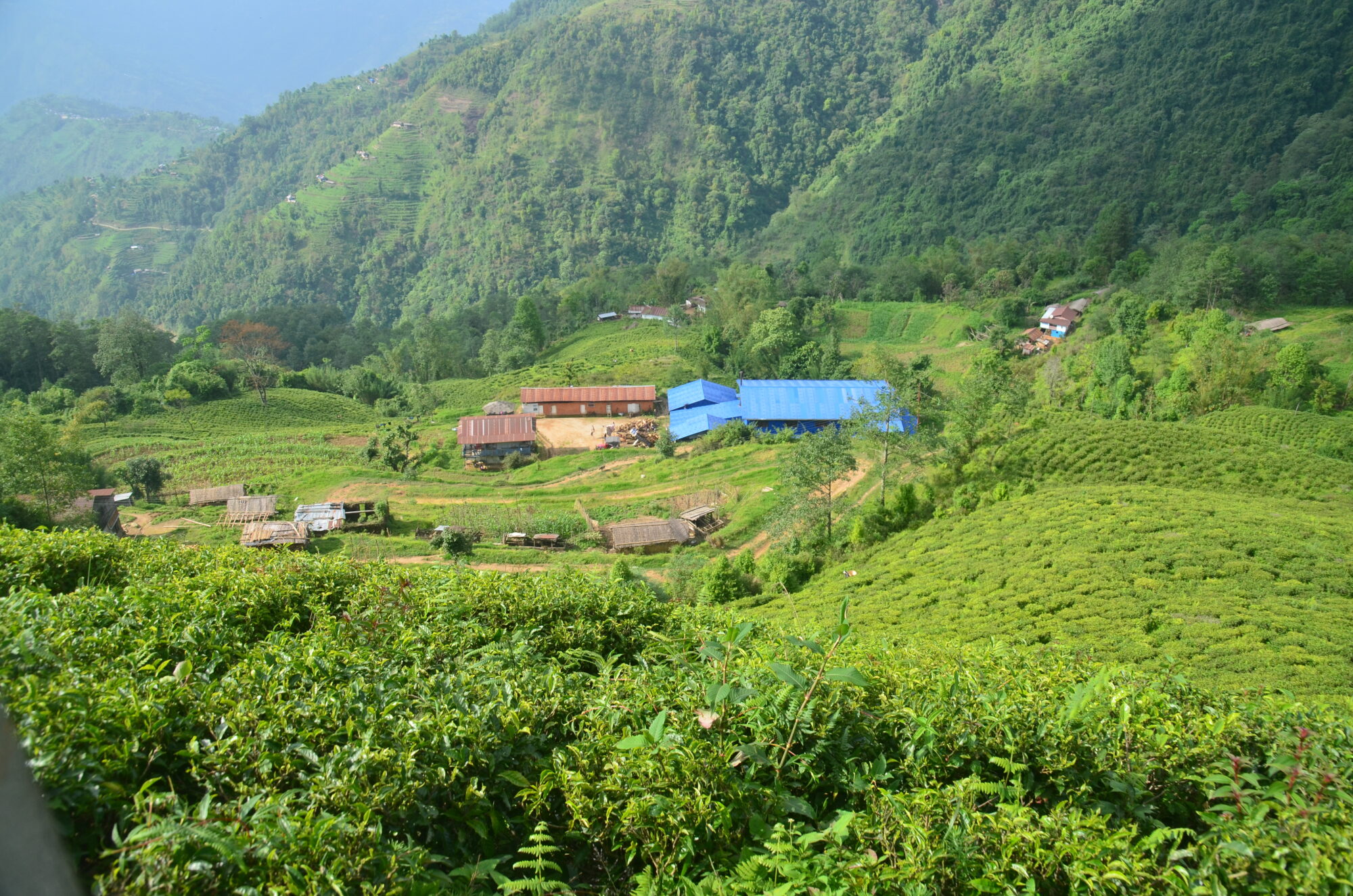

What Does It Taste Like?
The curly leaves of Panda Ruby Red were mostly dark in color with golden buds scattered throughout. I kept sticking my nose into the bag to inhale the sweet raisin-like aroma. Lake Missoula Tea Company recommended the same brewing parameters that I used for the Darjeelijng, 1.5 teaspoons in 8oz of 205℉ water for 3-4 minutes. Nepalese black teas tend to be milder, but I still prefer the slightly lower temperature to let the more delicate notes shine through. My glass teapot was a good call because the leaves were really beautiful to watch as they unfurled.
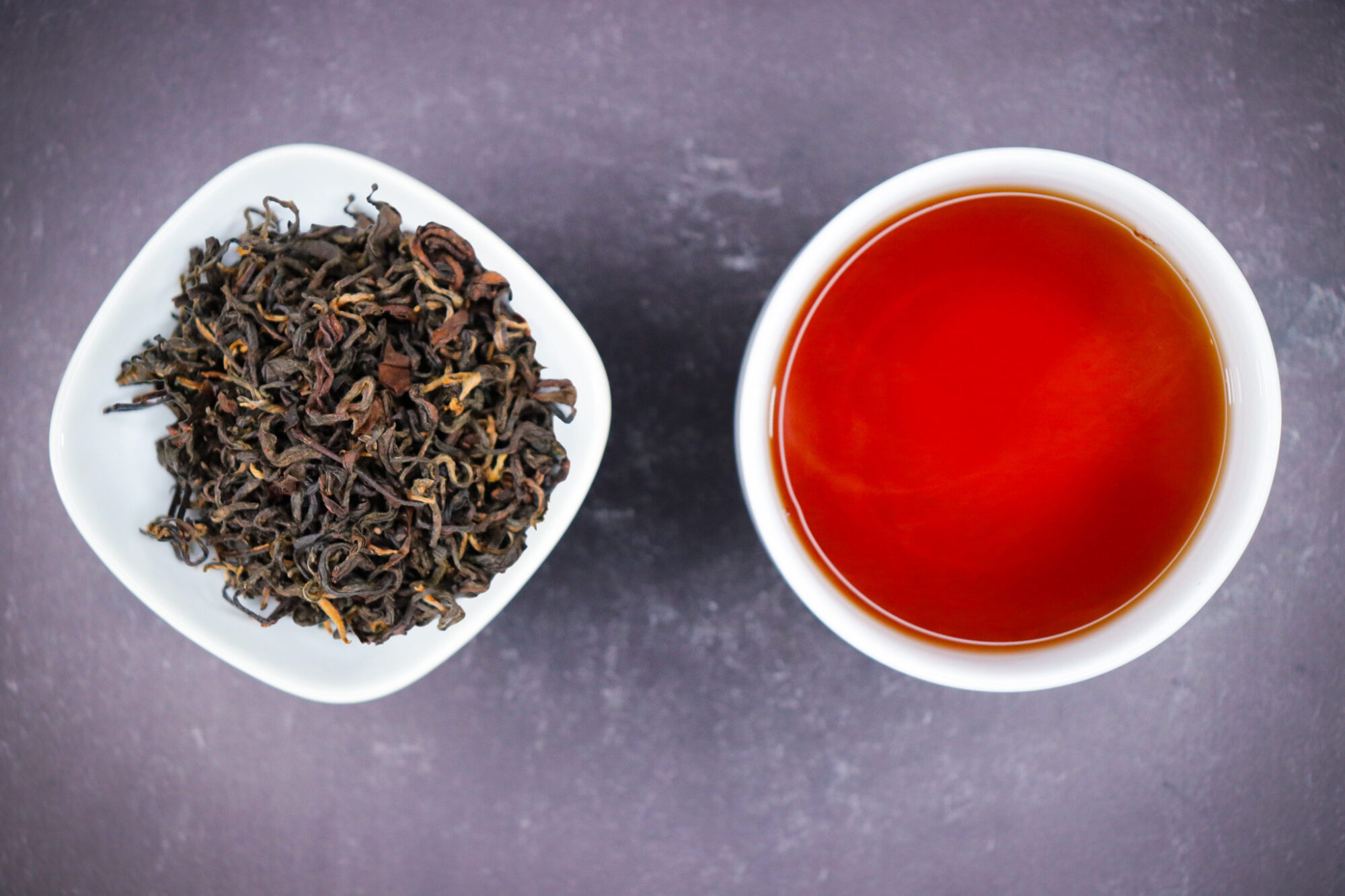
Panda Ruby Red brewed up a reddish brown liquor. The taste was mellow and very smooth with notes of sugar cane and dates. That evolved into a smokey peach. There was a maltiness that gave it a somewhat more grounded feeling than the Darjeeling Shanti Hathi. If I didn’t know this was a black tea, I might almost think it was a darker oolong because of its fruitiness. There was hardly any astringency and my mouth watered a bit after each sip.
My second infusion was lighter and brighter, no less flavorful. This is the black tea for people who think that they don’t like black tea. It is not very tannic and offers a complex, layered flavor profile. Even after completing several cuppings of it for this review, I found myself reaching for Panda Ruby Red again and again. That’s not too surprising since Nepalese black teas have been my jam lately.

Q&A with Heather of Lake Missoula Tea Company
Q: How did you first get into tea and what inspired you to start Lake Missoula Tea Company?
A: I’m part owner, my husband Jake and I both own LMTC. Actually, we got the tea idea from a rugby mate of Jake’s who owns a tea company in Washington state. He left some tea at our house after a visit, and we tried it many months later. It was an aha moment. I always thought peppermint, etc. was tea (it’s not ; ), but this was spectacular whole, loose-leaf black tea. We thought Missoula would welcome a tea house and we opened our doors in 2012! We started in a tiny upstairs, off-the-street space in Missoula’s Masonic Temple and quickly grew out of it. We moved to a street front downstairs when it became available a year later.
Q: What is your process like for sourcing tea? Are there particular things you are looking for when selecting a producer to work with?
A: Definitely, I get inquiries to purchase tea nearly every day. We knew early on that we wanted to work with smaller, artisan farms that value the environment and their community. They all do this in different ways and we knew we needed to see it to really understand how the various farms we work with integrate these values. Our first trip was to Java, Indonesia in 2014 where we sourced our Mammoth Red and Halimun Green & White. The farm is one of a few (maybe even two) organic tea farms in Java. This farm invests in the eye care and dental health of their employees and nearby villages. They built a tea house in the center of the farm and it’s become a destination for local social activity and regional eco-tourism. Relationships are at the heart of our tea sourcing. I guess you could say we work with people who struck a chord with us, definitely with their tea but also with how they interact with their community. Of course, these are business relationships, but in the process, we’ve developed years-long friendships with nearly all of our sources.
Q: What is the tea culture like in Missoula? Which teas tend to be the most popular in your shop?
A: Good question! In particular, Missoulians know their teas and appreciate quality and consistency. They’re concerned about living a healthy lifestyle, and functional herbal blends, and care about where the food they eat comes from. We’re also a college town, which lends itself to folks coming from other tea experiences. We definitely have an interested audience when it comes to our teas and blends.
Ah, as soon as you think one tea is popular, another rises to the top! Our Earl Grey Blue and Heritage Green are best sellers. Our Mammoth Matcha is shooting through the roof. We just released our Instant powder line that we can barely keep up with. Our rooibos blends, like Gin & Cream and Turmeric Twirl, all rock. You can get a cup of any of our teas at our custom bar. We serve chilled tea in the summer and it sells like hotcakes!
Q: Can you tell me more about your partnership with the Red Panda Network?
A: This is our newest tea relationship and we just got back from the tea farm in Nepal, which is also one of the highest elevation tea gardens in the world and has Kangchenjunga in the background, the world’s third highest peak. Red Panda Network (RPN) is a conservation group that works to build community engagement to end red panda poaching and habitat loss. They do this through environmental education, community based conservation work, and promoting sustainable economies around red panda habitat. RPN promotes economies such as tea farms, weaving, and ceramics to provide people with financial alternatives to poaching and habitat loss. One of RPN’s project areas is above the tea farm we work with. RPN partnered with the tea farm, because if the tea farm can scale up and grow sustainably, it is a way for people in nearby villages to gain desirable employment. Employment at the tea garden is an alternative to poaching or extracting natural resources essential to the red panda and other species.
So our role with RPN is to sell as much of this tea as we can. It’s easy to do–the tea is excellent. We currently source 4 teas from the tea garden, which are in our panda line–Panda White, Panda Ruby Red and Panda Gold. Our 4th tea–Panda Black–is available through wholesale.
A funny side note is how we connected with RPN. We have a forest activist friend in Australia named Tim Cadmen. He recently did a lot of forest conservation work in Nepal and also with RPN. His wife Beth was reading The Sentence, by Louise Erdich. Louise happens to be a huge tea fan, and mentions one of her favorite teas in the book. Beth looked up the tea online, and Lake Missoula Tea Company came up first in her search! Tim reached back to us and connected to the RPN!
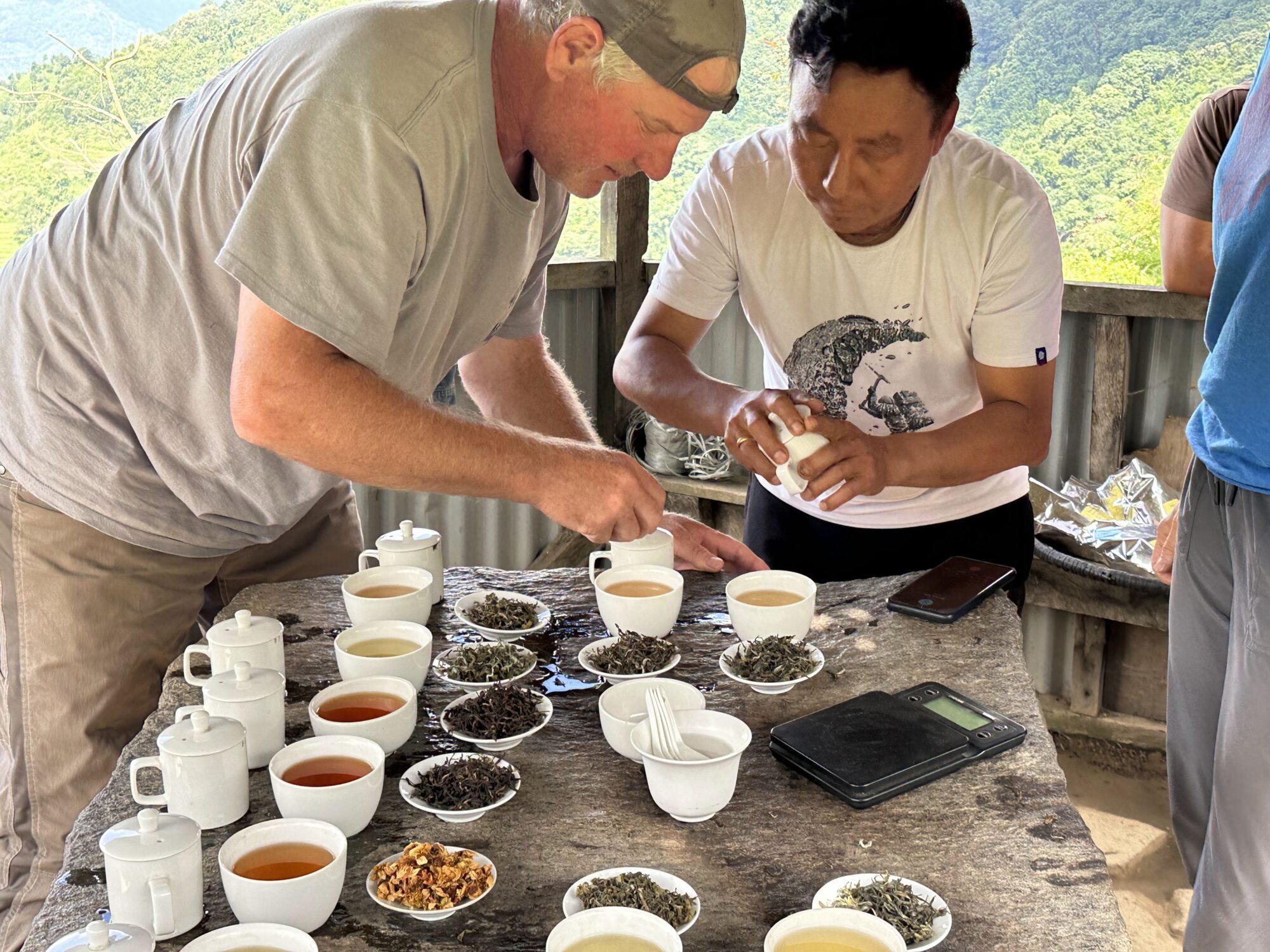

I hope you enjoyed learning more about the Lake Missoula Tea Company‘s farm-direct black teas with me. Have you ever tried any of their teas before? What are your favorites? I would love to hear from you in the comments below!
